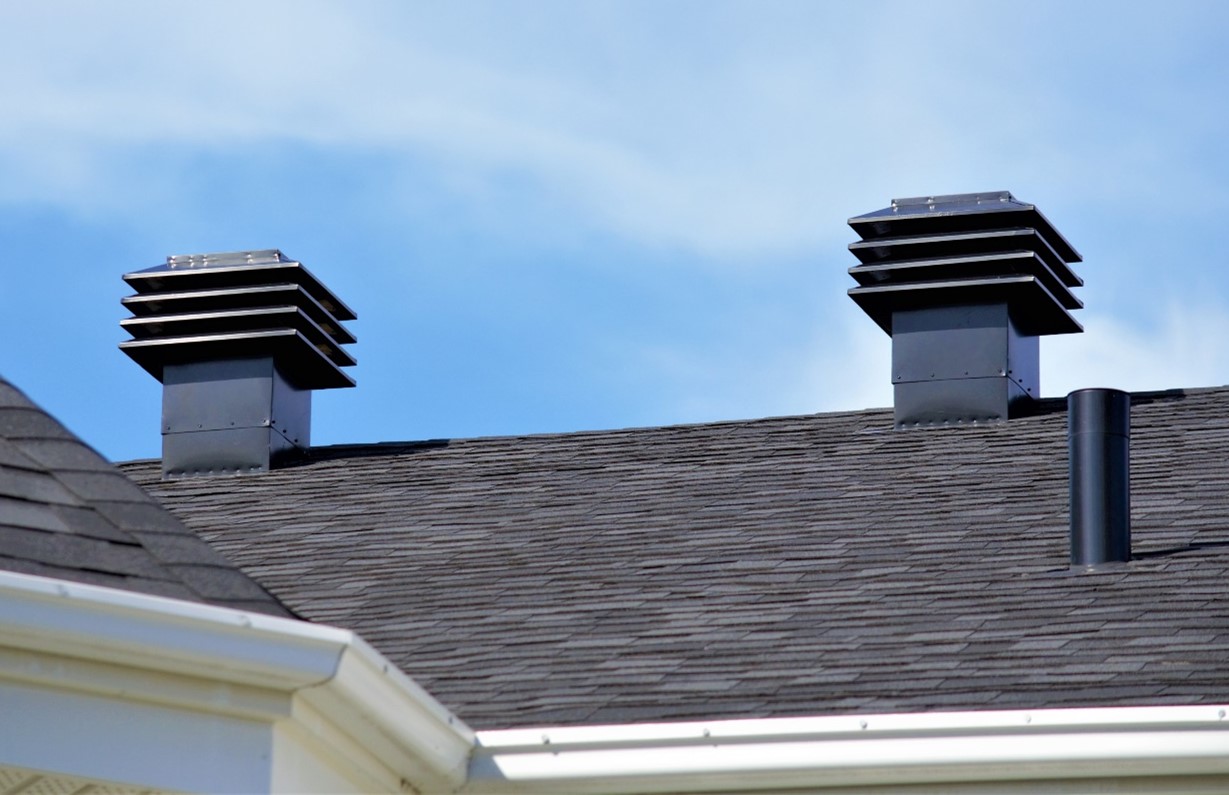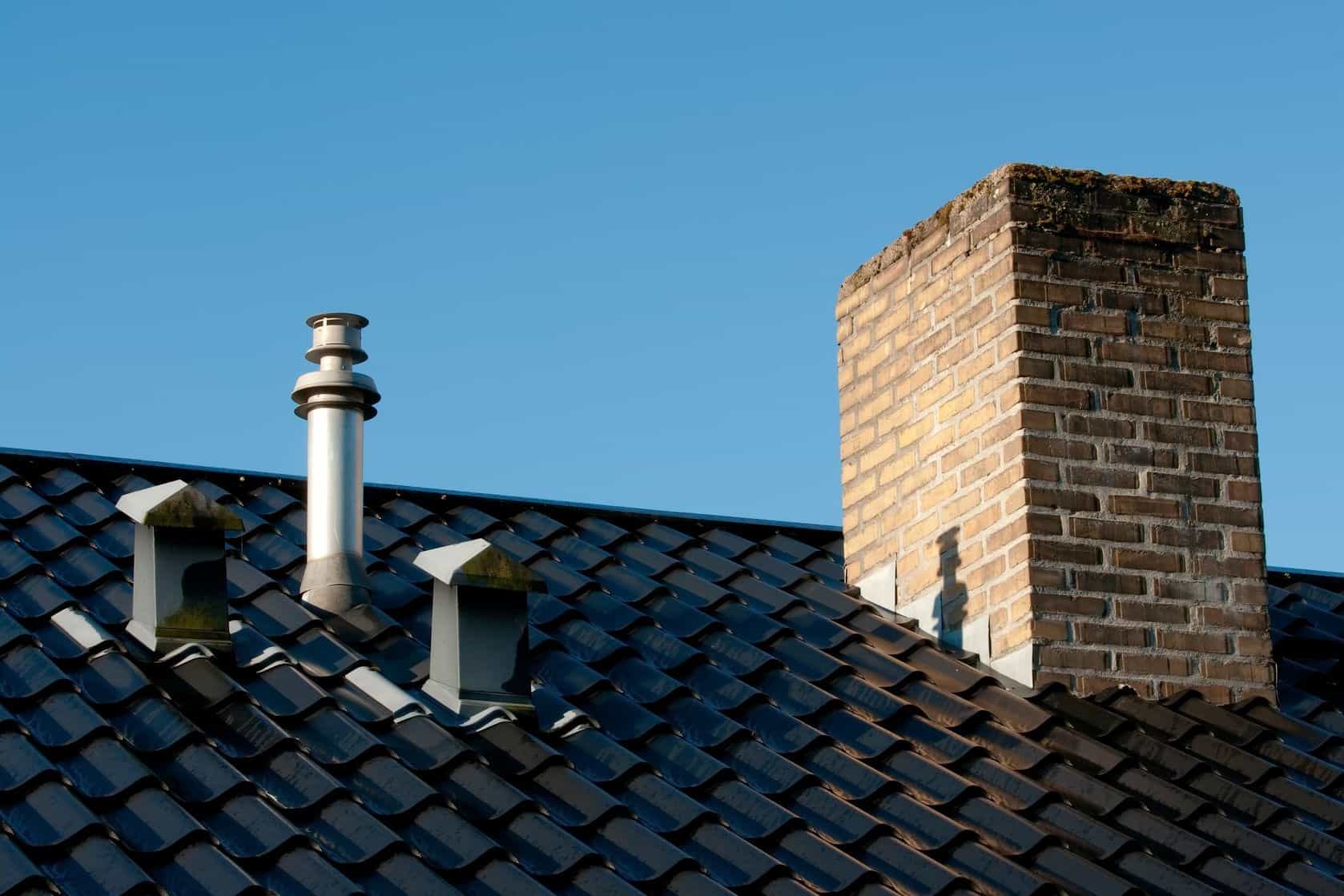We've uncovered this great article involving What Is A Plumbing Vent & How Do They Work? below on the web and figured it made good sense to share it with you on my blog.

Proper air flow in pipes systems is often ignored, yet it is vital for preserving the capability and security of your home's plumbing. Air flow aids manage atmospheric pressure, stop the build-up of harmful gases, and make certain the reliable removal of waste. In this overview, we will certainly discover the importance of correct plumbing ventilation, just how it functions, and the benefits it gives your plumbing system.
Just How Ventilation Works in Pipes Solutions
Atmospheric Pressure Regulation
Appropriate ventilation maintains well balanced air pressure within the plumbing system. When water moves with pipelines, it displaces air. Without sufficient air flow, this variation can produce negative stress, causing reduce drains pipes or siphoning of water from catches, which can cause unpleasant odors to leak into the home.
Stopping Sewage System Gas Accumulation
One of one of the most important features of plumbing vents is to prevent sewage system gases, such as methane and hydrogen sulfide, from gathering within the home. These gases can present significant wellness threats and are highly combustible. Vent pipes allow these gases to get away safely outside.
Assisting in Waste Removal
Air flow helps in the reliable removal of wastewater by protecting against airlocks in the water drainage system. When air can move freely via the vents, it allows water and waste to move efficiently via the pipes, decreasing the risk of obstructions and backups.
Benefits of Appropriate Ventilation
Boosted System Performance
Properly aerated plumbing systems operate more successfully, with less blockages, faster draining, and less pressure on the pipelines. This effectiveness extends the life-span of the pipes system.
Improved Air Quality
By preventing sewer gases from entering your home, correct ventilation contributes to better interior air quality, making your living environment healthier and a lot more comfy.
Avoiding Water Damage
Adequate air flow helps prevent water from being siphoned out of catches, which can result in sewer gases going into the home and causing water damage with time.
Steps to Guarantee Appropriate Ventilation
Consulting Plumbing Codes
Always speak with regional pipes codes when making or modifying your pipes system. These codes give the necessary guidelines for appropriate airing vent and guarantee your system fulfills security standards.
Normal Evaluation and Upkeep
Routine evaluations can assist recognize potential air flow issues prior to they come to be significant troubles. Maintenance jobs, such as cleaning up vent pipelines and checking for blockages, are essential for keeping the system in good working order.
Professional Setup
For brand-new installations or significant alterations, it's a good idea to employ a professional plumbing professional. They have the proficiency to ensure the air flow system is correctly developed and installed according to code.
Understanding Ventilation in Pipes
Air flow in plumbing describes the network of pipelines that allow air to stream through the drain system. These vents offer several functions, consisting of regulating air pressure within the pipes, preventing sewage system gases from getting in the home, and assisting in the smooth flow of wastewater.
Types of Plumbing Vents
Main Stack Vent
The major stack air vent, likewise known as the air vent pile, is the main vent in a plumbing system. It prolongs from the primary drain align via the roofing system, allowing gases to leave and fresh air to get in the system.
Branch Vent
Branch vents connect to the primary pile air vent and offer private components, such as sinks, toilets, and showers. These vents guarantee that each component has appropriate ventilation to operate properly.
Air Admittance Valve (AAV).
An Air Admittance Valve (AAV) is a one-way shutoff that allows air to enter the plumbing system without the demand for a traditional vent pipeline extending with the roof. AAVs are commonly used in remodellings or areas where installing a basic air vent is unwise.
Indications of Poor Ventilation in Pipes.
Slow Draining Fixtures.
If your sinks, tubs, or commodes are draining slowly, maybe an indicator of inadequate air flow. Inadequate air flow can develop a vacuum result, making it tough for water to drain correctly.
Gurgling Sounds.
Gurgling audios originating from drains are commonly an outcome of air being drawn through water traps as a result of unfavorable pressure in the pipelines. This is a clear sign of not enough air flow.
Unpleasant Smells.
Drain smells inside your home are a red flag that your pipes system is not appropriately aerated. This might suggest that sewage system gases are not being appropriately aired vent outside, causing potentially hazardous problems.
Typical Ventilation Errors.
Inadequate Vent Sizing.
Utilizing small vent pipelines can result in poor air flow and pressure discrepancies in the system. It's vital to utilize vents that meet the details requirements of your pipes system.
Improper Vent Positioning.
Putting vents as well far from the components they offer can reduce their performance. Correct placement guarantees that air can move freely and successfully via the system.
Ignoring Code Needs.
Building regulations supply particular standards for plumbing ventilation. Disregarding these codes can result in a system that stops working to function properly and may cause pricey repair work or health hazards.
Conclusion.
Proper air flow is an important element of any pipes system, ensuring that it functions effectively and securely. By understanding the importance of ventilation, acknowledging the indicators of poor air flow, and taking steps to preserve your system, you can stop expensive concerns and protect your home's air quality.
4 Things You Should Know About Your Plumbing Vents
What Plumbing Vents Are
Also called a vent stack, a plumbing vent is a vertical pipe attached to your drain line that runs through your roof. The plumbing vent pipe, or plumbing air vent, removes gas and odors from your plumbing system and allows fresh air to enter the pipes, helping the water to flow out of the drain pipes.
What Plumbing Vents Do
Plumbing vents have two basic functions. One of which is to allow unpleasant smelling wastewater and sewer gasses to escape your plumbing system instead of entering your home. Plumbing vent pipes are typically located on roofs, away from windows, to ensure the fumes exit the home completely.
The other function of the plumbing vent is to move fresh air into your plumbing system. This helps move water through every plumbing fixture in your house, like toilets and sink drains. Think of the way in which you need to let a little air into the bottle as you pour soda in order to make the drink flow smoothly.
Different Types of Plumbing Vents
True vent: This is the most common vent option. In simplest terms, a true vent is a vertical pipe attached to your drain line that exits through the roof. They often function as the main vent that other fixtures can connect to. Re-vent pipe or auxiliary vent: Attached to the drain line near specific plumbing fixtures, re-vent pipes run up and over to connect to the main vent. Common vent: Two plumbing fixtures installed on opposite sides of a wall are typically tied into the vent stack using something known as a sanitary cross. Wet vent: This venting option operates as a drain pipe and a vent at the same time. Wet vent drainage systems drain water from one fixture while venting the air from another. Although they’ve been used for over 100 years, wet vent systems have only recently been added to the plumbing code in many areas. If you’re planning on installing one in a bathroom remodel, make sure you check your local code prior to construction. Loop vent: For free-standing fixtures like kitchen island sinks, loop vents are ideal. These vent pipes run under the floor, rise from the P-trap, and create a loop inside the cabinet sink. Air admittance valve: An AAV is a one-way mechanical valve typically installed at the site of the plumbing fixture. AAVs allow venting to occur without having to tie into a larger venting system. They’re ideal for venting fixtures where you aren’t able to easily connect to an existing vent system. Common Plumbing Vent Issues
Although vent pipes typically don’t have water flowing through them, they’re still subject to many typical plumbing issues. For example, clogs are one of the most common problems associated with sewer vent pipes. If your vent pipe gets clogged, all of your plumbing fixtures tied into the vent stack will be affected.
A sink with a slow drain that bubbles and gurgles or a strong sewage smell around your toilet are both indicators that your toilet vent pipe is clogged. Because most vent pipes exit through the roof, old leaves, twigs or even a bird’s nest could be clogging the pipe.
Clogs in your vent pipe system cause a buildup of negative pressure, meaning that water won’t be able to flow out of your home very well. It’s similar to putting your finger over the opening of a straw to trap water inside. When you remove your finger, the water is able to flow out of the straw.
If you suspect you have any blockage in your vent, make sure you have a professional come examine the situation. Left unchecked, a blocked air vent can lead to other costly repairs, like leaks and sediment buildup.
Under Pressure
Pipe vents are essential aspects of a home’s plumbing system. Owning a home means learning about all sorts of things you never put much thought into before. But by understanding as much as you can about the important systems of your home, you can keep those budgets intact and those anxiety levels low.
https://www.homeserve.com/en-us/blog/home-improvement/plumbing-vents/

I came across that blog entry about while doing a search on the web. Those who enjoyed reading our page kindly make sure you remember to share it. Thank you for your time invested reading it.
Here